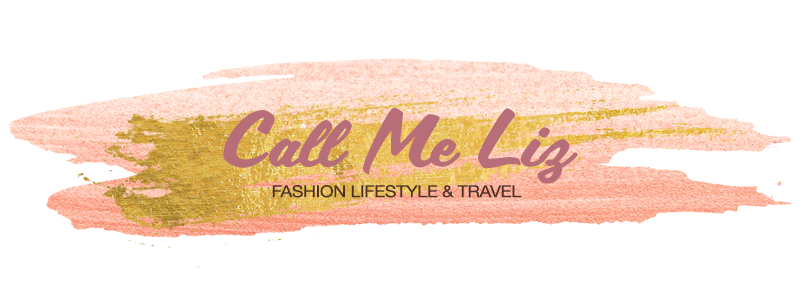Nobody wants to go through life wishing they’d done things differently. They want to know that they took the bull by the horns, lived their lives as fully as they could, and enjoyed themselves. This principle applies just as well to matters of money and love as it does your interiors. You don’t want to live in a house for thirty years, only to wind up regretting your choice of decor. You want to feel like you took some risks and did what you wanted to get the most out of your home. In this post, we take at interior styles that you need to try at least once in your life. Check them out below.
Provincial
You shouldn’t confuse provincial for parochial. The style is highly sophisticated and aims to create a quiet elegance in the interior. It never does anything flashy, but neither does it settle for anything cheap or tacky. It attempts to strike a balance and is ideal for sophisticated homeowners.
When creating a provincial interior, focus on neutral colours, including gold, stone and brick. Bright gold elements are okay, so long as you temper them with plenty of white, cream and brown. The colour palette is mainly white, cream, beige and brown. Some interiors benefit from the addition of ivory and greys too. You can branch out a little into lavender and turquoise, but keep colours pale. Too much brightness can cause you to stray into contemporary territory.
Mid-Century Modern
While mid-century modern might seem a little retro, it reminds a lot of people of what interiors looked like when they were growing up as kids.
A mid-century modern house is one you decorate in the styles that ran from the 1940s to the 1970s. The post-war style is instantly recognisable for its contemporary patterns and clean lines. Interiors that follow the style make ample use of wood paired with soft furnishes. And they use and celebrate timber at every opportunity,
If you’re looking for some inspiration for how to create the perfect mid-century room, check out the work of Hans Wegner or Herman Miller. Both designers show you how you can combine contemporary art with mid-century decor to create something special. Interesting features such as street lighting, neutral colours and quirky ornaments define interiors that choose this style.
Art Deco
If you’re wondering how to add Art Deco style to your home, you can sometimes get a little confused. What does the art movement actually stand for?
The origins of art deco come from the industrial revolution. Designers were looking for ways to make tools and equipment beautiful and incorporate them into decorative designs. Entering an art deco room feels a little bit like stepping into a Victorian’s idea of the far future. There are gadgets and gizmos everywhere, all beautifully arranged.
Art deco rooms typically feature plenty of brassy and coppery colours. Patterns are often geometric and intricate. And colours tend to be dark and moody as if to evoke the industrial landscape. The style, however, is much more attractive than many people expect. Do it right, and you can create spectacular interior spaces.
Luxe
The purpose of luxe interiors is to evoke luxuriousness and elegance. Plus, it’s a style available to everyone - even those on low budgets. The key to creating a compelling luxe interior is to focus on patterns, layout and colours, not materials. You don’t need a gold-leaf ceiling to enjoy the benefits - just items with the right look.
Take large mirrors, for instance. These automatically give your rooms a luxurious feel because they’re so rare. The same goes for architectural lighting and patterned textiles. People aren’t used to seeing these features, and so they associate them with quality.
Luxe interiors like to focus on colours, like gold and silver, that create a luxury feel. You don’t have to go all-out on this front: just little flecks of brass or metal here and there can instantly build the atmosphere in the room.
Boho
Boho styles are probably the most interesting of all because they are fusions of multiple design approaches. These interiors usually feature “hero” centrepieces, quirky artwork and soft furnishings from a variety of style heritages.
When it comes to boho, there is no defining colour palette. You’re free to experiment. Some homeowners like to keep things simple, but many want to spice it up with bright colours and bold colour accents. Because boho covers such a wide range of styles, you often find it combined with other styles, such as “boho mid-century” or “boho chic.”
Liz x











No comments